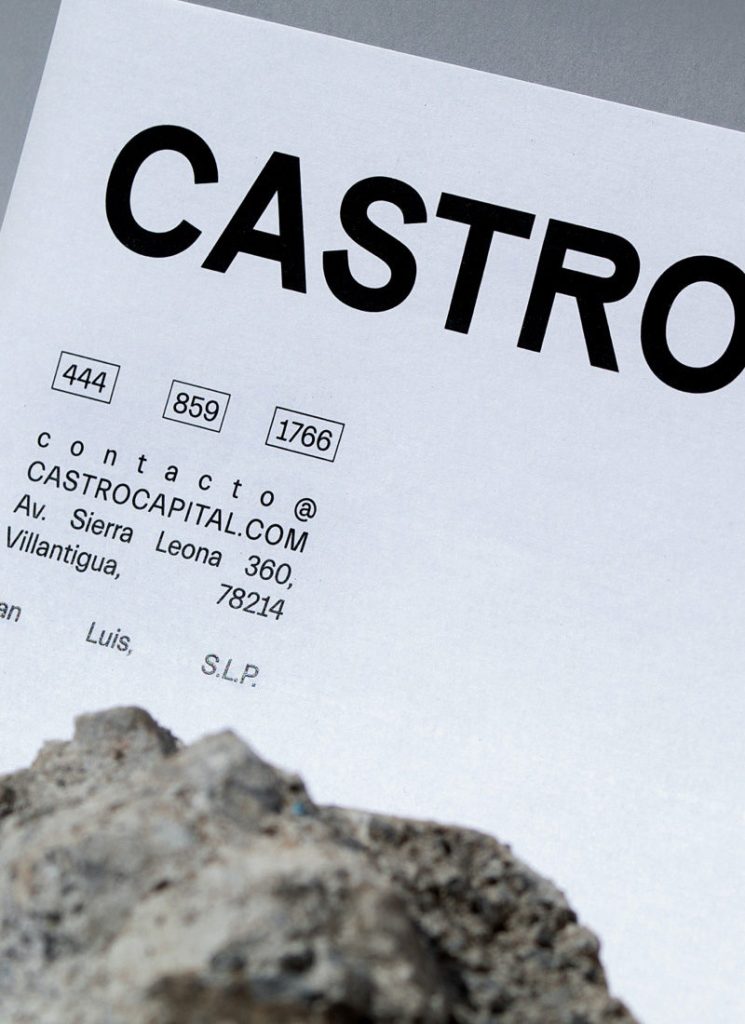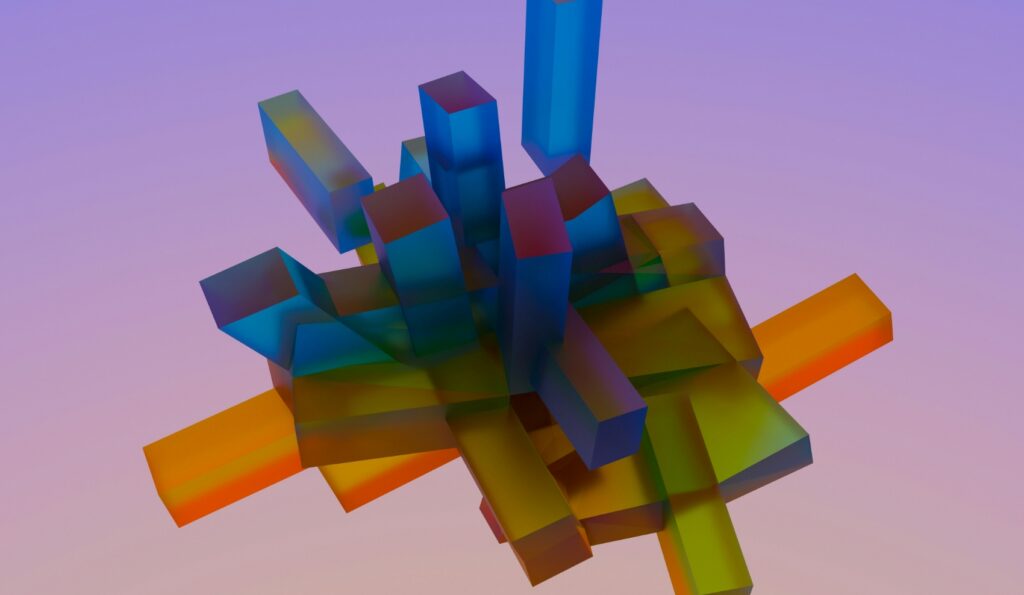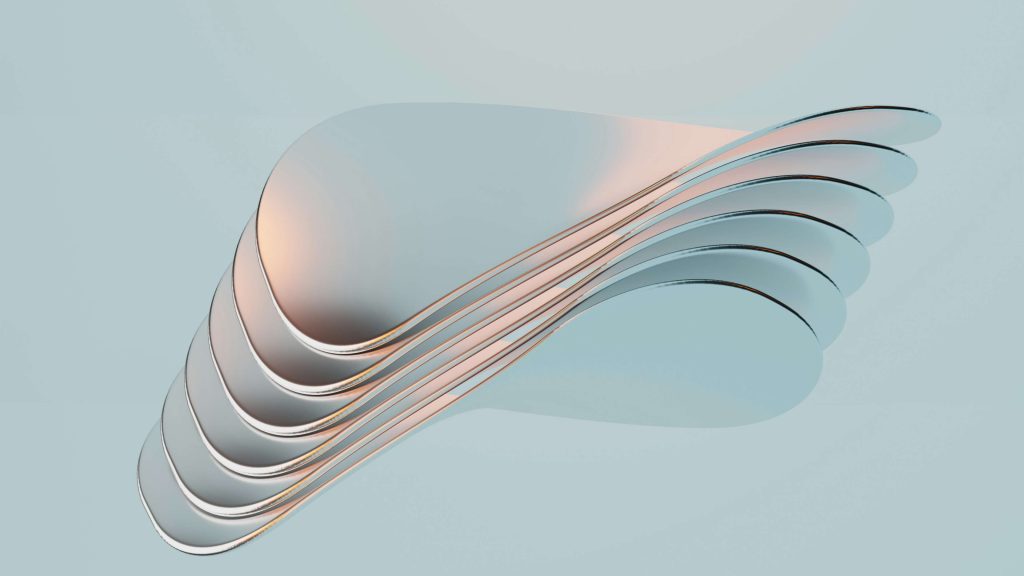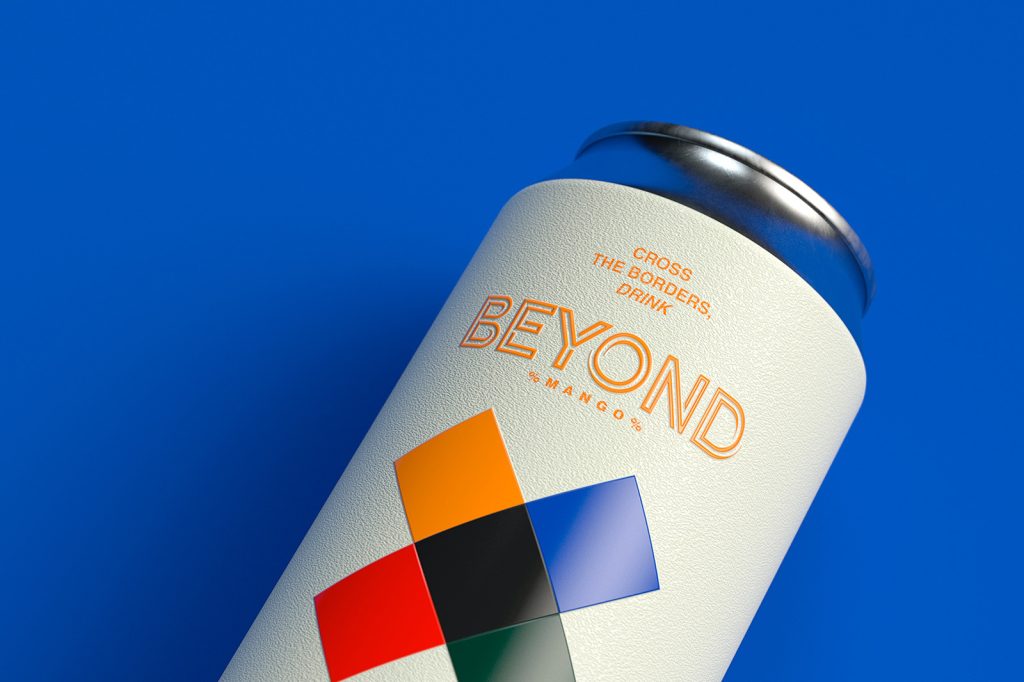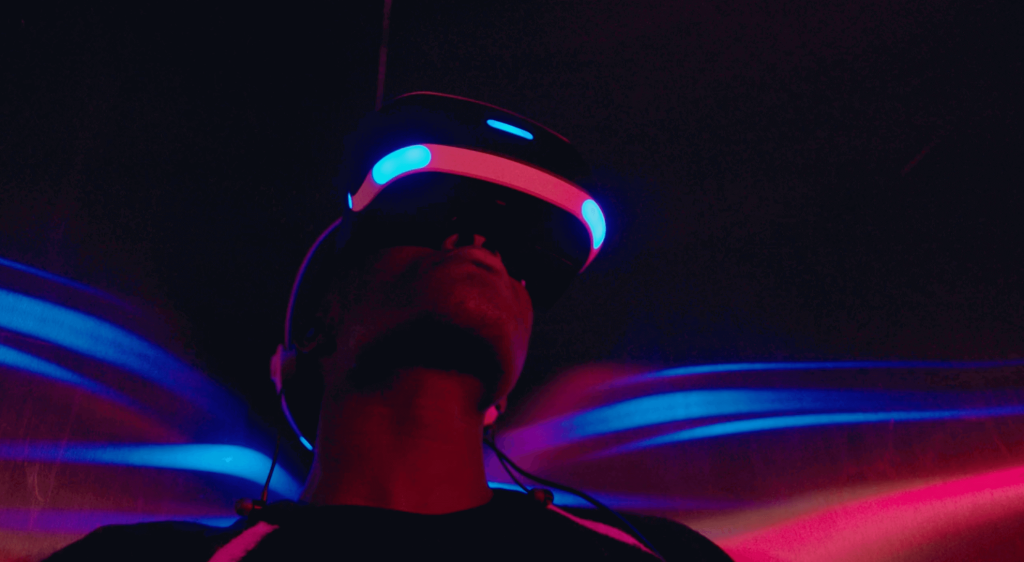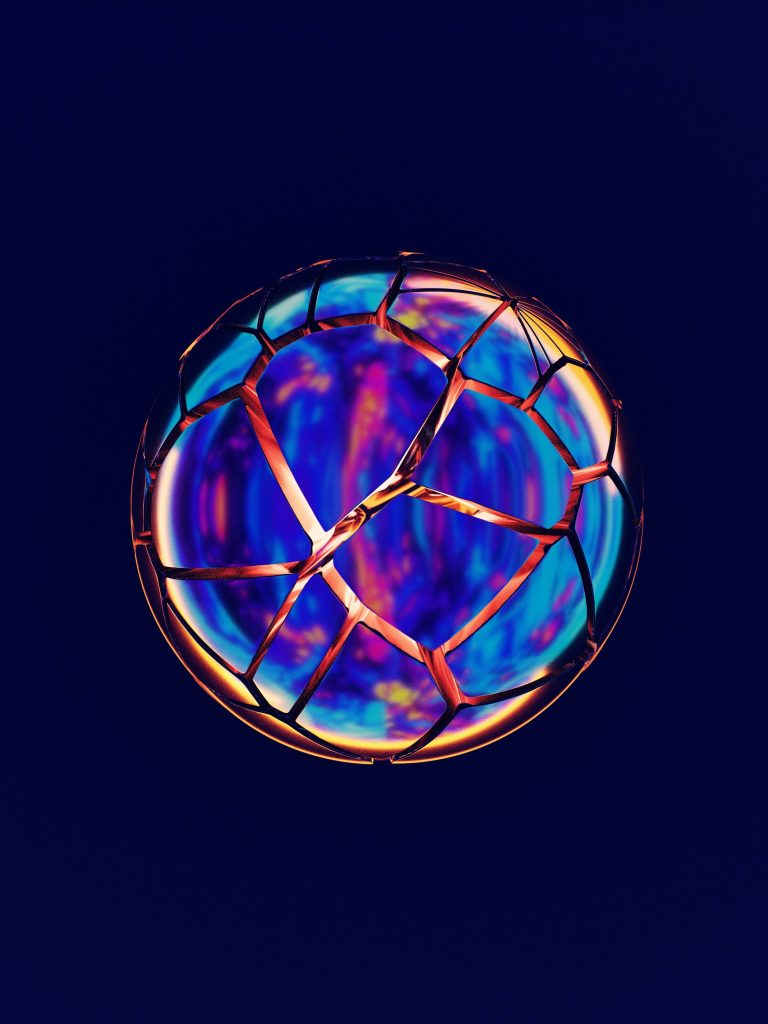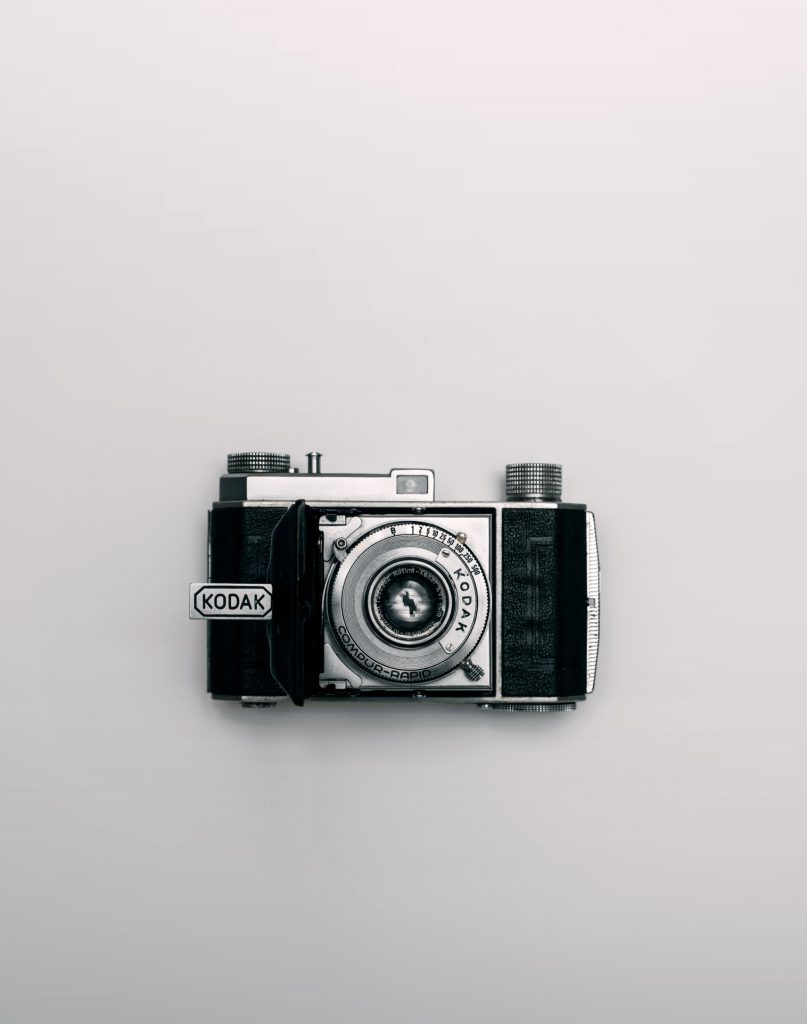Artificial Intelligence (AI) has transformed many industries, including art and development, by facilitating new creative processes and enhancing existing technologies. One of the most exciting intersections in this field involves AI art and LiDAR (Light Detection and Ranging) technology. This report explores these revolutionary technologies and their role in the future of development across various sectors.
.
AI Art: A Revolutionary Force
The emergence of AI art has opened up a plethora of possibilities for creativity and expression. Utilizing complex algorithms, AI can create original pieces of art, analyze existing styles, and even collaborate with human artists. Renowned platforms like OpenAI’s DALL-E and Midjourney allow users to input prompts that generate unique images, showcasing creativity that transcends traditional boundaries. These platforms employ machine learning techniques that analyze vast datasets of existing artwork, enabling them to mimic styles or create entirely new visual experiences.
.
AI art is not just a technological novelty; it is reshaping the art world. Galleries now exhibit AI-generated works, and artists have begun to embrace AI as a collaborative tool rather than viewing it as a competitor. This shift also raises important questions about authorship and originality in art. Who owns a piece created by an AI? Is it the individual who programmed it, the person who provided the initial input, or should the AI itself be considered the artist? The evolving landscape of AI art is forcing society to re-evaluate the very essence of creativity.
.
LiDAR Technology: Mapping the Environment
LiDAR technology serves as a powerful tool for environmental analysis and urban planning. By emitting laser pulses that measure distances to objects, LiDAR creates high-resolution 3D maps of landscapes, buildings, and infrastructure. This technology has significantly advanced fields such as archaeology, forestry, and geography, enabling researchers and developers to visualize terrains and analyze spatial relationships with unmatched precision.
.
For instance, LiDAR has been instrumental in archaeological surveys, allowing researchers to discover ancient structures hidden beneath dense vegetation. By generating detailed topographical maps, archaeologists can identify potential excavation sites more efficiently than traditional ground survey methods. In urban development, LiDAR aids in planning and infrastructure development, supporting efforts to create resilient cities equipped to handle future challenges. With climate change becoming an increasingly pressing issue, developers leverage LiDAR to assess flood risks, analyze green spaces, and optimize resource management.
.
The Convergence of AI Art and LiDAR Technology
The convergence of AI art and LiDAR technology presents exciting new opportunities. For instance, artists can utilize LiDAR-generated data to inform their creative processes, creating immersive installations that respond to real-world environments. By embedding LiDAR maps into their artworks, they can explore themes of space, geography, and environmental concerns, blending technology with artistic vision.
.
Moreover, AI can analyze LiDAR data to generate stunning visualizations that convey complex information in an accessible manner. These visualizations play a critical role in communicating findings to diverse audiences, from policymakers to the general public. By turning data into compelling narratives, artists and AI can inspire people to engage with pressing environmental and urban issues, fostering a deeper understanding of our changing world.
.
AI for Development: Bridging the Gap
Beyond the realms of art and mapping, AI technologies hold immense potential for development initiatives. Through data analysis, machine learning, and predictive modeling, AI can address challenges in various sectors, such as healthcare, agriculture, and education. In developing nations, where resources are often limited, AI can provide innovative solutions aimed at improving living conditions and fostering economic growth.
.
For example, AI-powered applications can optimize agricultural practices by forecasting weather patterns and analyzing soil conditions. Farmers can make informed decisions regarding crop selection and pest management, ultimately increasing yields and reducing waste. Additionally, AI-driven tools can enhance education by providing personalized learning experiences. By leveraging data analytics, educators can tailor content to meet the diverse needs of their students, promoting better learning outcomes.
.
The potential impacts of AI for development are enormous, yet challenges persist. Issues such as data privacy, algorithmic bias, and the digital divide must be addressed to ensure equitable access to AI technologies. It’s crucial to approach AI deployment in a manner that considers ethical principles and promotes inclusivity. Engaging local communities in the development process can lead to sustainable solutions that resonate with the needs of those they aim to serve.
.
Combining AI Art, LiDAR, and Development Initiatives
The synergy between AI art, LiDAR, and broader development efforts can catalyze social change. By integrating these technologies, impactful projects can emerge that celebrate cultural heritage, enhance public engagement, and address urgent social issues. For instance, artists can collaborate with urban planners and developers to produce art installations that highlight community history and sustainable practices, attracting attention to environmental concerns while fostering a sense of identity and belonging.
.
Exhibitions and public art projects utilizing LiDAR data can tell compelling stories about the spaces we inhabit. They can reveal hidden histories, prompt discussions about urbanization, and inspire action on environmental issues. By bridging the gap between artistic expression and scientific advancement, these initiatives cultivate a shared understanding of our landscapes and challenges, motivating communities to envision and drive positive social change.
.
The Future: Ethical Considerations and Collaborative Opportunities
As technologies like AI art and LiDAR continue to evolve, it is essential to remain vigilant regarding ethical considerations. The role of AI in creativity poses challenges that require robust frameworks to address questions about ownership, authorship, and representation. Inclusivity must be at the center of these discussions, ensuring that underrepresented voices are heard in the conversation about AI’s impact on art and development.
.
The collaborative potential between artists, technologists, urban planners, and community organizations is an avenue for fostering innovation and creativity. By establishing interdisciplinary partnerships, stakeholders can work together on projects that combine technical expertise and artistic vision. This approach not only enriches the creative landscape but also enhances the potential for sustainable development outcomes.
.
In conclusion, the convergence of AI art, LiDAR technology, and AI-focused development initiatives marks a new frontier in addressing global challenges. By harnessing the strengths of these technologies, society can foster creativity, address urgent social and environmental issues, and pave the way for a more inclusive and sustainable future. The artistic expressions generated through AI tools, combined with the insights gained from LiDAR mapping, can inspire communities to rethink their relationship with their surroundings, striving for a future that honors both creativity and sustainability. The journey ahead is filled with promise, but it is essential to navigate it thoughtfully, ensuring that the benefits of innovation are shared by all.
**




